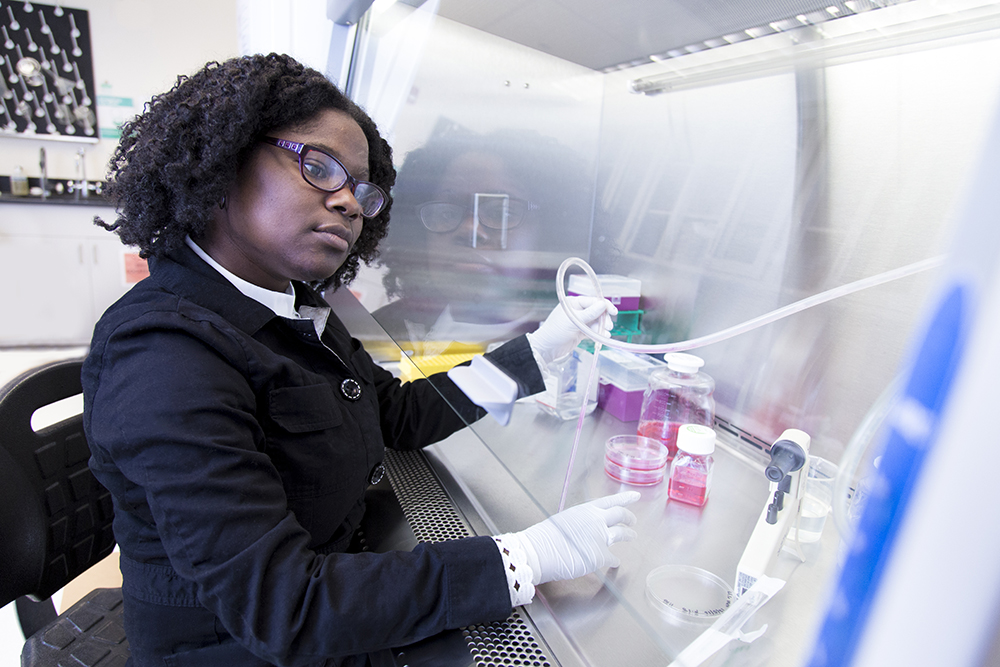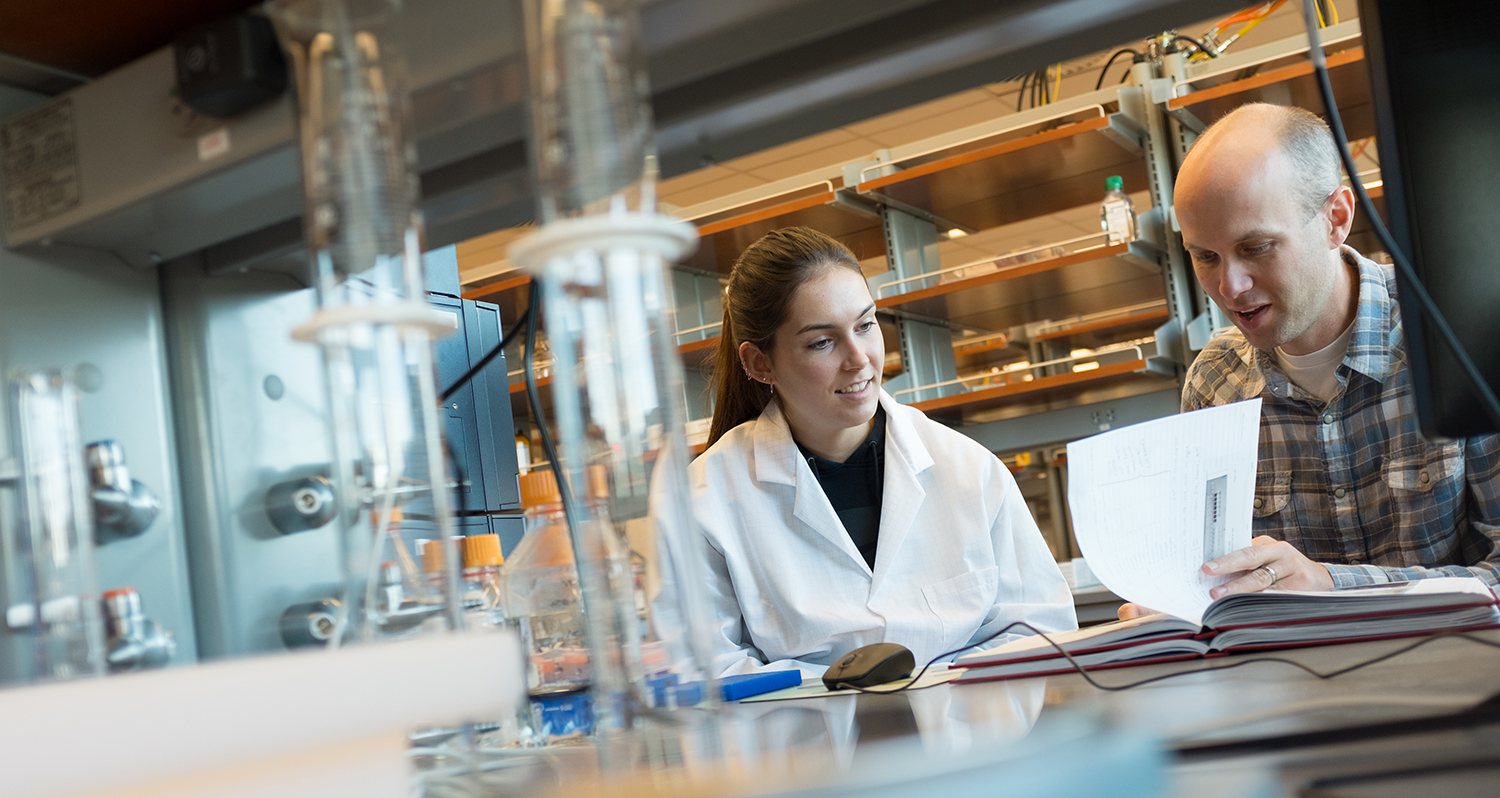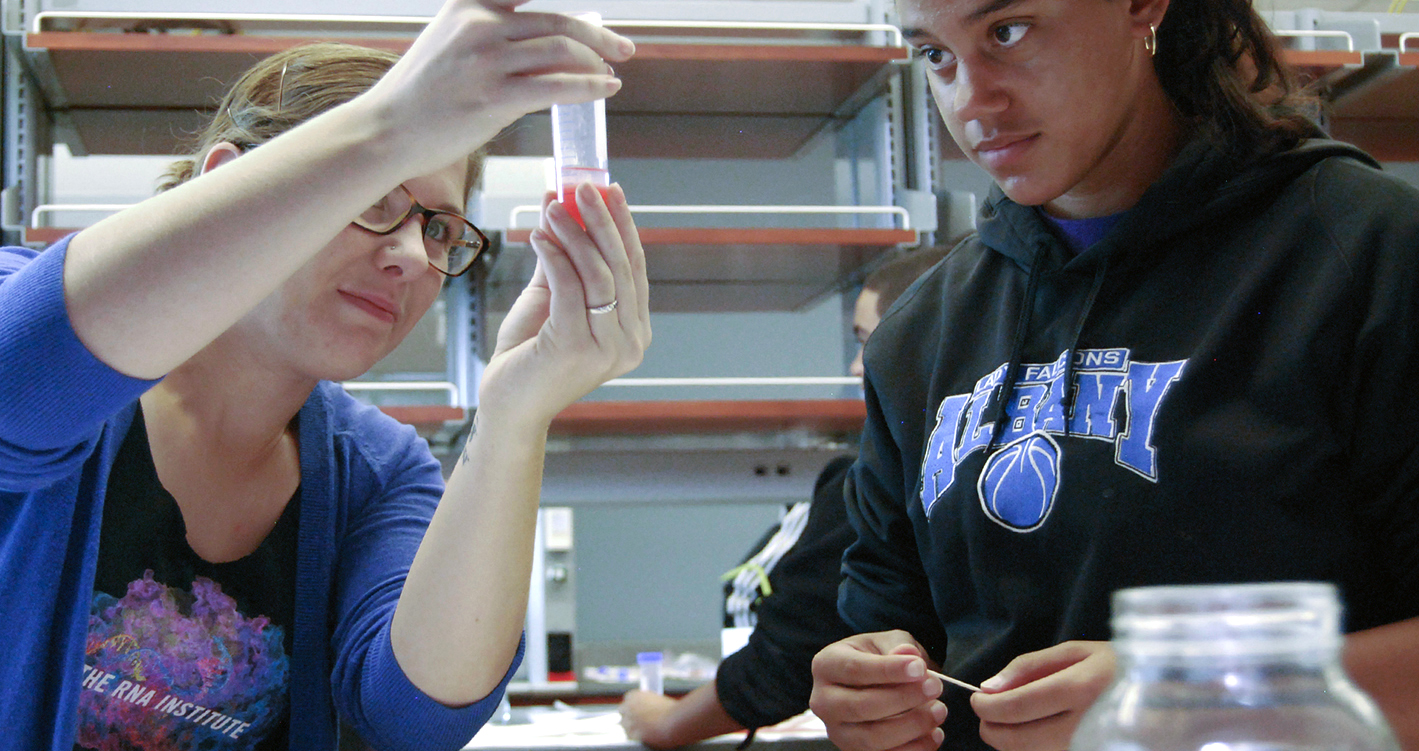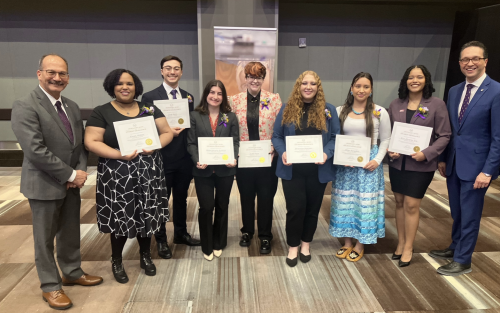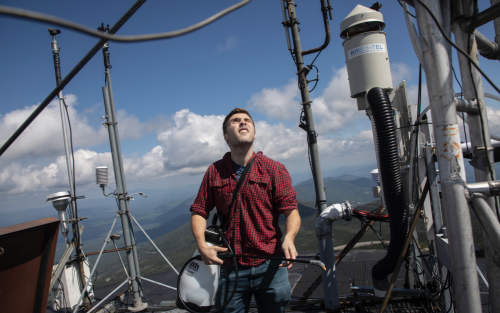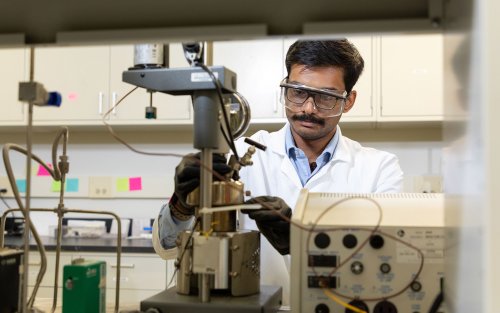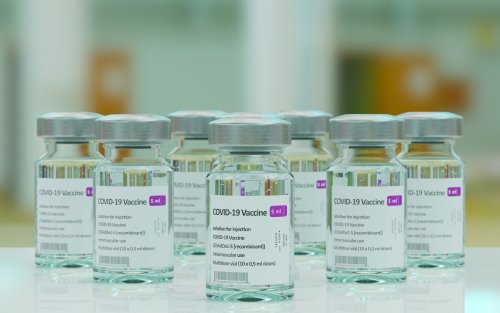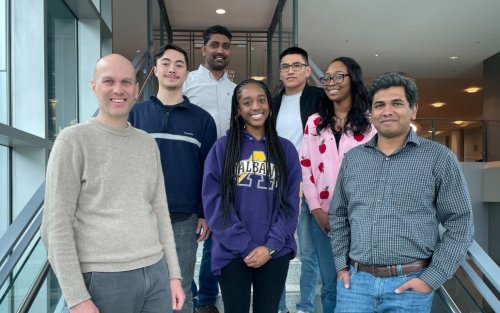William J. Wolfgang
PhD, University of Washington

Discovering new bacterial pathogens
Discovering, accurately describing, and curating new species of bacteria is of central importance to the field of bacteriology. Deposition of this information in databases and the associated live bacteria into culture collections, that are freely available, permits rapid and effective investigation of new clinical threats. Remarkably, every year approximately 600 new species of bacteria are described in published articles and deposited in culture collections. Of these, about 20 are from patients. In our role as a reference laboratory, we receive many clinical bacterial isolates each year that, despite investigation by molecular DNA diagnostics and other advanced tests, remain unidentified. From this resource we have published descriptions of several new bacterial species from patients. Based on this experience, we believe there exists many more undiscovered bacteria that cause human disease.
Whole Genome Sequencing (WGS) of foodborne bacterial pathogens to aid source identification at the Wadsworth Center
The Wadsworth Center is playing a national leadership role in using WGS technology to improve detection and source traceback of bacterial foodborne outbreaks. Through collaborative research agreements with the FDA and CDC we have sequenced over 14,000 enteric pathogen genomes and shared this data with our collaborators and nationally. We also perform bioinformatic analyses to support genomic based surveillance. This data is then shared with state and federal epidemiologists to help in outbreak investigations. We aided in the large romaine lettuce outbreaks in 2018 and 2019 as well as numerous smaller outbreaks. The data we provide helps determine the source of the bacterial contamination and informs improvements in food safety.
Research Interests
- Discovery of new bacterial species
- Using whole genome sequence to aid in source traceback for foodborne outbreaks
- Defining the limitations of WGS technology for enteric pathogens
Research Concentrations
- Infection and immunity
Sample of Studies
- Genomic Epidemiology of Historical Clostridium perfringens Outbreaks in New York State Using Two Web-based Platforms: National Center for Biotechnology Information-Pathogen Detection and FDA-GalaxyTrakr.
- Comparing cgMLST allele and hqSNP analysis for cluster detection in New York State (NYS).
- Two Pipelines are Better Than One: A Head to Head Comparison Between New York State and National Center for Biotechnology Information Pipelines for Identifying Genomic Clusters in PulseNet Organisms
- The New York State Listeria project: We are developing a database of all Listeria monocytogenes isolates collected in NYS for which we have WGS database at NCBI. We expect to have 2,000 genomes covering 20 years in the DB for bioinformaticists to mine to aid in future outbreak investigations.
Current Major Activities



